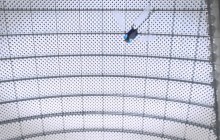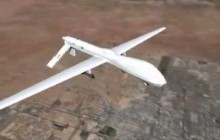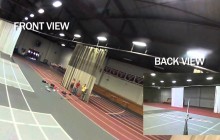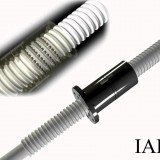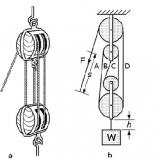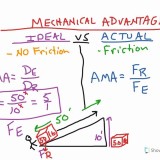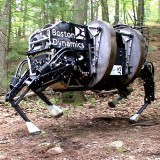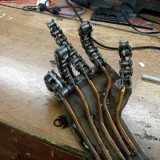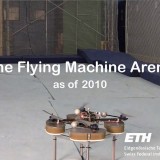Einstein Robot – UCSD Machine Perception Laboratory 11075
Scientists at UC San Diego’s California Institute for Telecommunications and Information Technology (Calit2) have equipped a robot modeled after the famed theoretical physicist with specialized software that allows it to interact with humans in a relatively natural, conversational way. The so-called “Einstein Robot,” which was designed by Hanson Robotics of Dallas, Texas, recognizes a number of human facial expressions and can respond accordingly, making it an unparalleled tool for understanding how both robots and humans perceive emotion, as well as a potential platform for teaching, entertainment, fine arts and even cognitive therapy.




